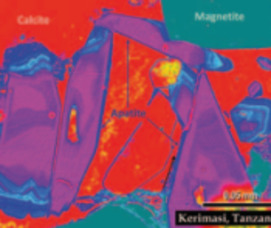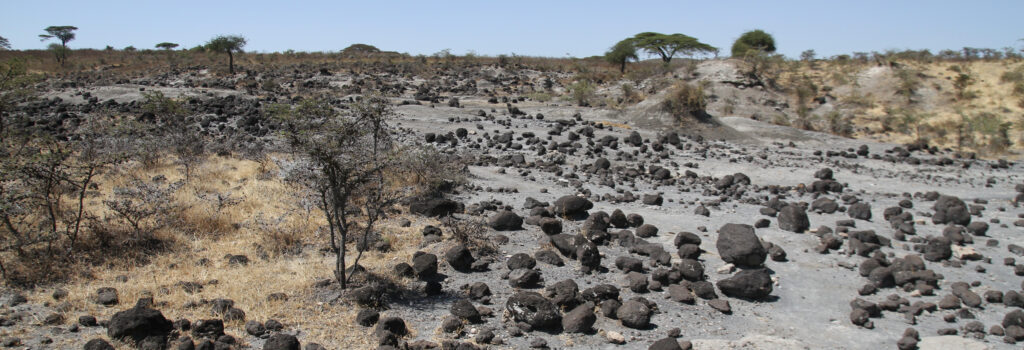Rare Earth Mineralization in Igneous Rocks: Sources and Processes
Deposits of rare earth elements (REEs) in igneous rocks have played an instrumental role in meeting the growing industrial demand for these elements since the 1960s. Among the many different igneous rocks containing appreciable concentrations of REEs, carbonatites and peralkaline silicate rocks are the most important sources of these elements, both historically and for meeting the anticipated growth in REE demand. The contrasting geochemical and mineralogical characteristics of REE mineralization in carbonatites, peralkaline feldspathoid rocks, and peralkaline granites reflect different sources and evolutionary pathways of their parental magmas, as well as differences in the extent of postmagmatic reworking of primary REE minerals by hydrothermal fluids.
Rare Earth Mineralization in Igneous Rocks: Sources and Processes Read More »




